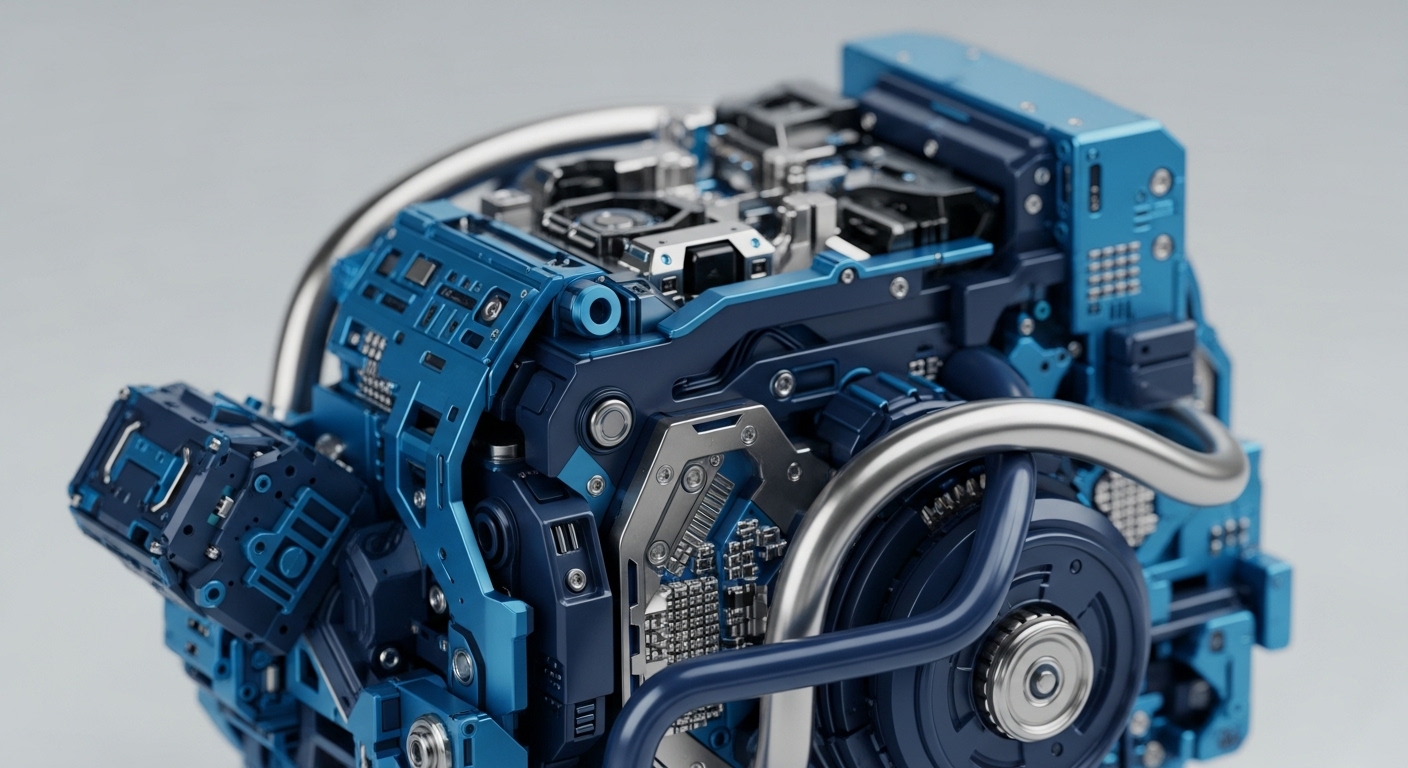
Briefing
Institutional Real-World Asset (RWA) tokenization is moving from pilot programs to a scaled-up service layer, evidenced by active negotiations with governments and corporations to tokenize trillions in assets such as precious metals and carbon credits. This shift fundamentally re-prices the risk and liquidity profile of traditional finance assets, integrating them as composable, yield-bearing primitives into the decentralized finance ecosystem. The commercial viability of this strategic bridge is quantified by the aggressive revenue projections of service providers, with Datavault AI, a key player in the space, projecting a minimum of $200 million in 2026 revenue from RWA tokenization contracts.

Context
The DeFi ecosystem’s growth was historically constrained by its reliance on crypto-native assets, limiting its total addressable market to a fraction of global capital. Before this institutional acceleration, the prevailing product gap was the absence of a compliant, scalable, and legally robust on-ramp for large, complex, and illiquid traditional assets like real estate and commodities. This friction stemmed from the lack of standardized legal and technical infrastructure capable of securely linking off-chain ownership and regulatory compliance to an on-chain token. The result was a fragmented RWA market characterized by high counterparty risk and low institutional confidence.

Analysis
This institutional engagement alters the application layer by standardizing the digital ownership model, shifting the competitive moat from purely technical innovation to the integration of legal and compliance frameworks. The core system being changed is collateral management, where a token is now backed by a transparent, auditable off-chain asset through robust legal wrappers, such as Special Purpose Vehicles (SPVs). This process lowers the inherent counterparty risk for on-chain capital, which in turn attracts institutional liquidity seeking predictable, verifiable yield streams.
The chain of cause and effect is direct ∞ a legally-sound RWA token (cause) becomes a superior form of collateral, which (effect) increases the capital efficiency of lending protocols and expands the total market size for decentralized exchange and credit facilities. Furthermore, global securities regulators like IOSCO are actively analyzing the lifecycle and risks of financial asset tokenization, signaling the market’s progression toward a formal regulatory structure.

Parameters
- Projected Revenue Scale ∞ $200 Million. Datavault AI’s minimum projected revenue for 2026, signaling the rapid commercialization of RWA tokenization services.
- Asset Class Target ∞ Trillions of Dollars. The scale of RWA (precious metals, carbon credits) currently under negotiation for tokenization by institutional service providers.
- Regulatory Status ∞ Active Analysis. IOSCO, the global securities regulator, has issued a final report on financial asset tokenization, identifying both its potential to reshape markets and the new risks it introduces.

Outlook
The next phase of RWA tokenization will focus on achieving interoperability and standardization across different jurisdictional compliance layers. The true competitive advantage for protocols in this space will reside in the robustness of their off-chain legal and custody infrastructure, which is the most difficult component to fork. This new class of asset-backed tokens is poised to become the foundational building block for a new generation of institutional DeFi primitives, including low-volatility collateral for stablecoin minting, and a basis for sophisticated, capital-efficient on-chain derivatives markets.

Verdict
The move by enterprise platforms to tokenize institutional-grade assets validates the thesis that verifiable off-chain collateral is the primary vector for capturing trillions in traditional finance liquidity and achieving DeFi’s next phase of systemic growth.
